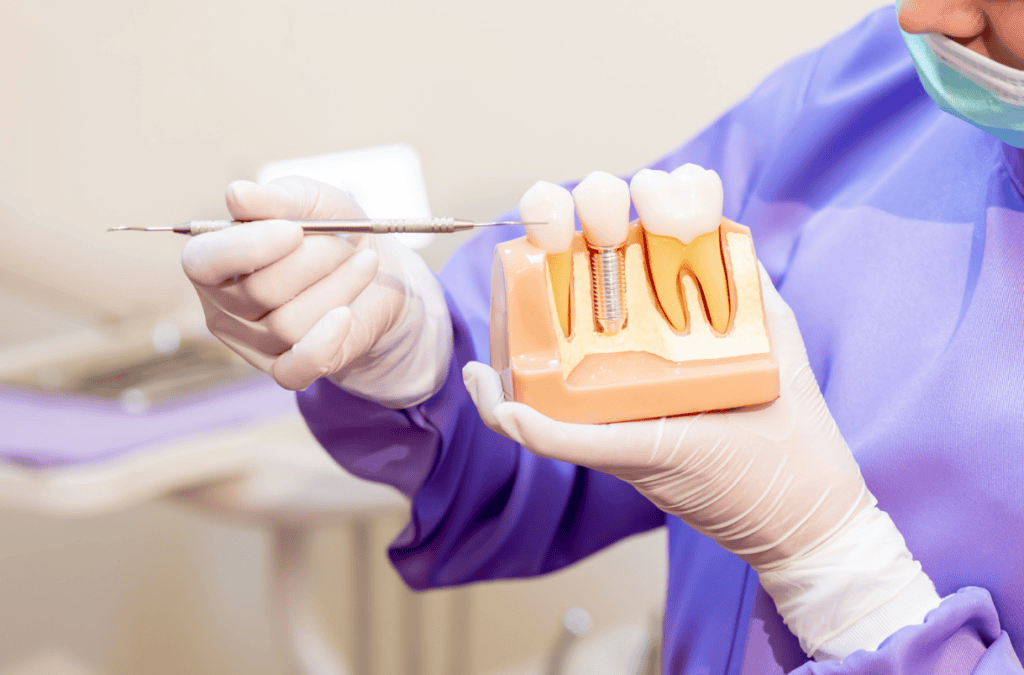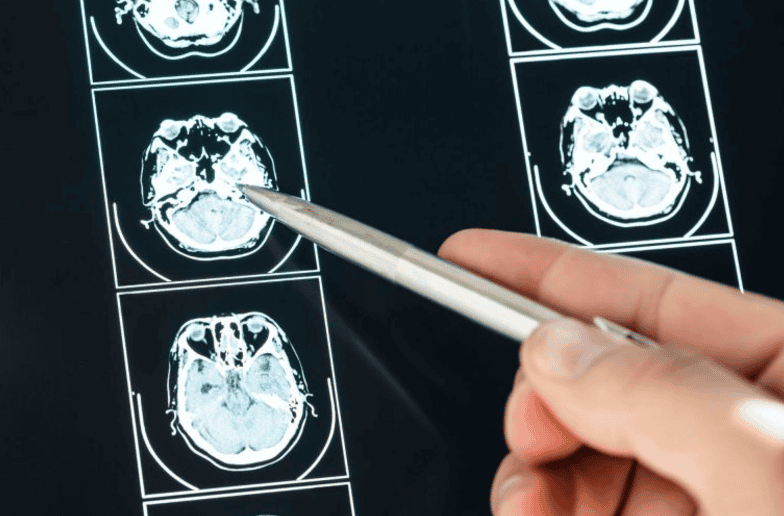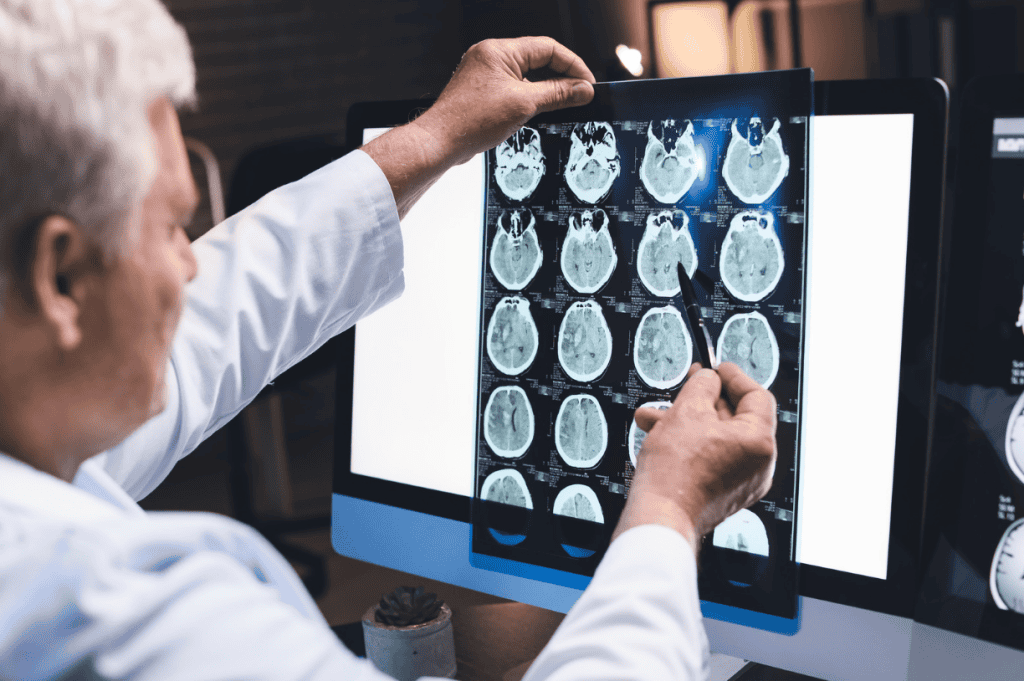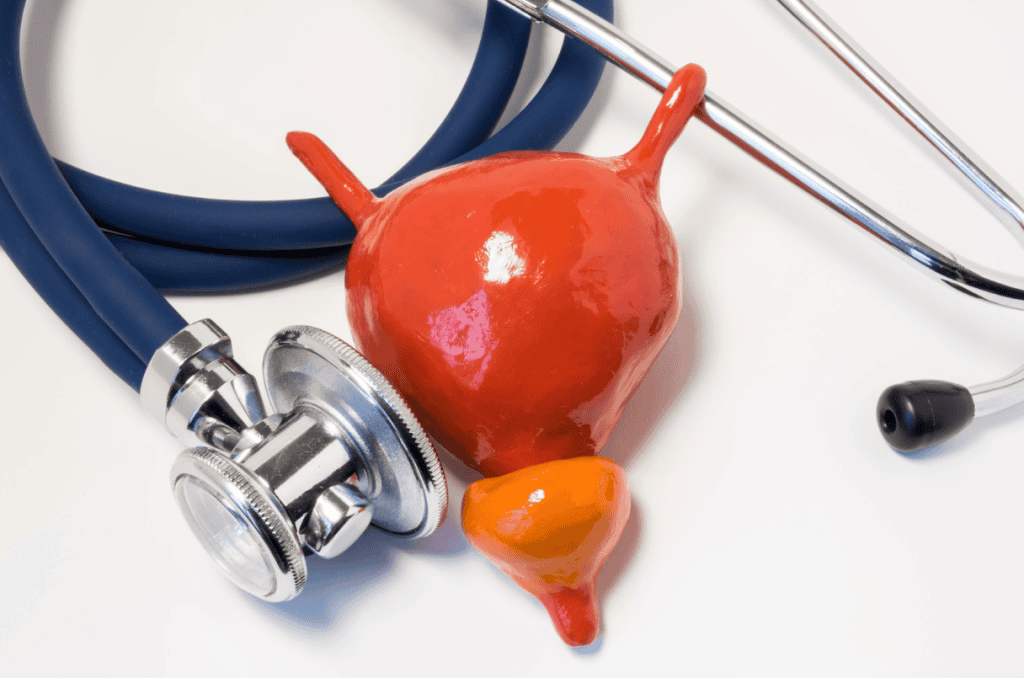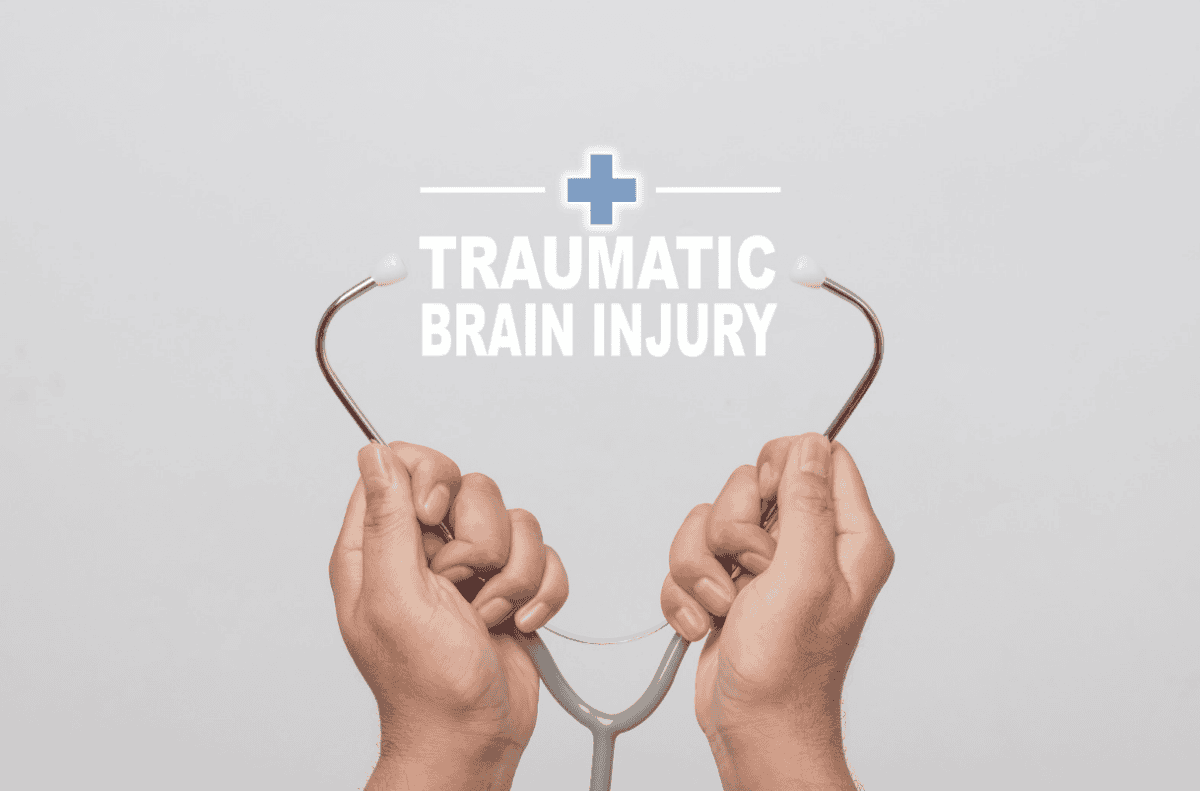A breach of contract in the sale of real estate happens when one party doesn’t do what they agreed to do and the agreement is legally binding. A study by the National Association of Realtors revealed that approximately 4-5% of contracts for home sales are terminated before closing due to various issues, including breaches of contract. This highlights the importance of knowing your legal rights and remedies in case a contract dispute arises. What are the legal remedies for breach of contract in the sale of real property?
Real estate law governs these kinds of contracts, which usually have big financial stakes, and has ways to deal with violations. When a breach occurs, the injured party has legal remedies to resolve the issue and ensure fairness. Real estate breach of contract claims require knowledge of complex legal mechanisms, local laws, and contract terms. Consult a lawyer to pursue appropriate remedies and protect legal rights.
This article will explore the legal remedies when a breach of contract real estate law occurs, offering insight into how buyers and sellers can protect their interests and resolve disputes efficiently.
Legal Remedies for Breach of Contract
When it comes to real property sales, the parties involved have various legal avenues they can explore in the event of a contract breach.
Monetary Damages: These aim to compensate the non-breaching party for actual financial losses or consequential damages resulting from the breach. In severe cases, punitive damages may be awarded.
Restitution: This remedy seeks to return both parties to their pre-contract position, such as returning property or funds.
Specific Performance: In some cases, a court may order the breaching party to fulfill their contract obligations, especially when the property is unique and monetary compensation would be insufficient.
Rescission: rescission cancels the contract and releases both parties from their obligations, returning them to their pre-contract status.

Specific Performance
If a party breaches a real property sales contract, you can seek specific performance to force them to comply. Specific performance is a distinct remedy in real estate that compels the party at fault to fulfill their contractual duties as mandated by a court order. This remedy is often applied in situations where the subject of the contract is unique or when financial compensation is not suitable.
Roseville real estate attorney Richard M. Watts says in real estate contracts, courts usually grant specific performance because land is a unique asset and monetary damages may not fully compensate the non-breaching party. Specific performance can ensure that the breaching party transfers property title as agreed.
Monetary Damages
Real estate sales contracts frequently outline monetary damages in situations where specific performance cannot be achieved. If one party fails to uphold their end of the contract, the other party may pursue financial compensation. The non-breaching party receives these damages to restore their position before the breach.
Real estate sales contract breaches can result in various monetary damages. Parties that have not violated the agreement are entitled to receive compensation for the real financial losses they experience due to breaches. Indirect losses foreseeable at contract formation may be awarded consequential damages. In severe breaches, punitive damages may be awarded to punish the offender and deter future violations.
When seeking monetary damages for breach of contract in real property sales, consult a lawyer to understand your jurisdiction’s remedies and protect your rights.
Rescission
The parties have the option to cancel the deal as if it never took place. Following a major breach, individuals typically look for this solution to be freed from their contractual responsibilities. The buyer and seller have the option to cancel the transaction without any penalties by choosing to rescind it.
Rescission requires written notice to the other party of your intention to rescind the contract due to the breach. To make sure the rescission is valid, it is important to act promptly and follow the terms of the contract or applicable laws. Rescission should return both parties to their pre-contract positions, including any consideration swapped.

Litigation Options
When someone breaches a real estate contract, it might be necessary to go to court to seek damages or to uphold the terms of the agreement. A judge or jury will make a decision in the case by considering the evidence and arguments shared during the legal proceedings.
Plaintiffs can sue for money damages. If the other party does not uphold their end of the contract, you might be eligible for some financial compensation. Damages can encompass lost profits, expenses related to the breach, or various other financial losses.
A court order for specific performance requires the party that breached the contract to carry out their agreed-upon obligations. This remedy is used when the property is unique or when monetary damages are insufficient.
Conclusion
In the event of a breach of contract in a real estate transaction, there are several legal remedies available to the non-breaching party. Whether seeking monetary damages, restitution, specific performance, or rescission. Every remedy has its own special role, shaped by the type of breach and the unique details of the situation at hand. Consulting with a knowledgeable real estate attorney can really help you find the best solution for your situation and safeguard your financial and legal interests.








